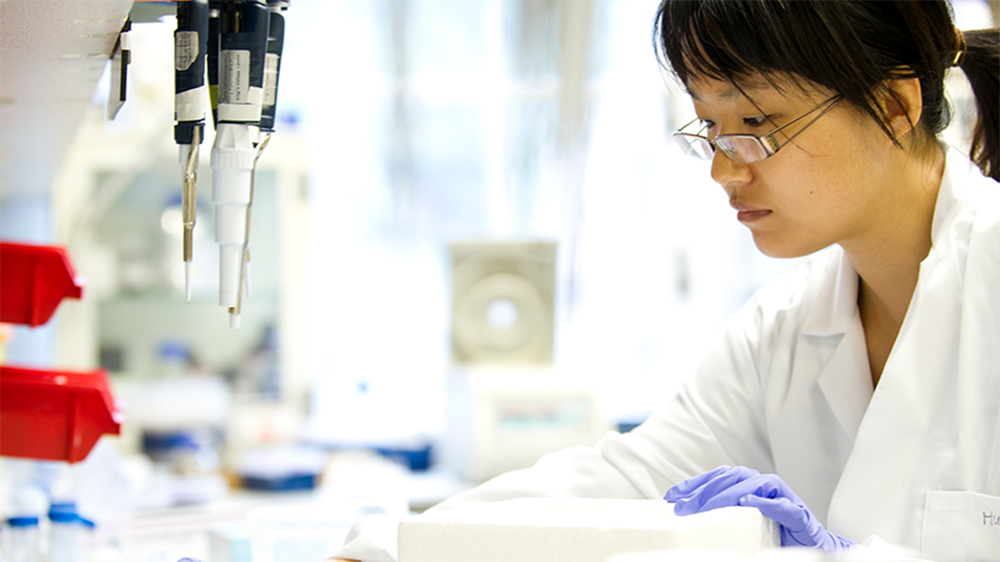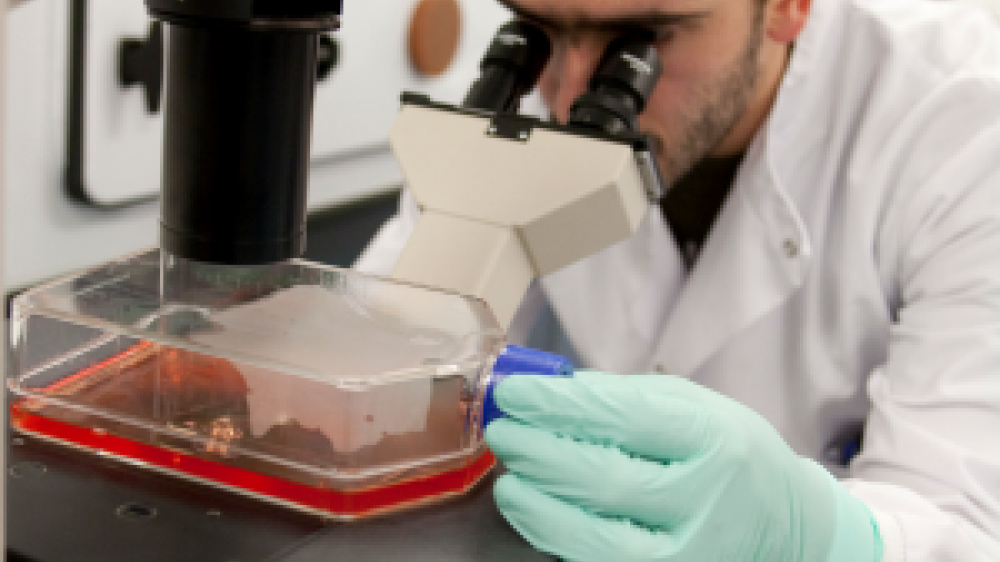Introducing our four new Training Fellows

We have awarded over £0.5M to four talented 3Rs‑minded early career researchers to support their career development.
We are pleased to announce we have awarded four new Training Fellowships, a commitment of over £0.5M, to support promising 3Rs-minded early career researchers.
The Training Fellowship scheme was launched in 2016 and has now supported over 20 Fellows providing them with the opportunity to acquire skills and training relevant to the 3Rs. Each Fellow also has a dedicated mentor to support and prepare for an independent career in their chosen research field.
The latest awards are summarised below, with links providing more detail on our Fellows’ research.
Mr Masanori Asai, Imperial College London, Characterisation of Galleria mellonella innate immune response to Mycobacterium tuberculosis infection
Masanori’s project will expand on the Galleria tuberculosis infection model he previously developed during his NC3Rs-funded PhD. One key advantage of the Galleria model is the development of granuloma-like structures, a hallmark of human tuberculosis, which do not develop in other in vivo models of tuberculosis infection. These structures are formed of hemocytes, immune cells in Galleria that resemble neutrophils in humans. However, there are limited reagents currently available to analyse and characterise the granuloma-like structures further. In his Fellowship, Masanori will develop transcriptomes, RNA probes and inhibitors to determine the cellular composition of the granuloma-like structures to build confidence in the Galleria tuberculosis infection model and demonstrate its utility.
Miss Emma Biglin, University of Manchester, Improving preclinical proton radiation dosimetry using a biologically relevant murine dosimetry phantom
Proton beam therapy is a type of radiotherapy that delivers high energy particles to a tumour. More than half of cancer patients receive radiotherapy as part of their treatment, which is becoming increasingly personalised based on the predicted sensitivity of the tumour to radiation. The predictions are often based on data obtained from preclinical studies using small animals, typically mice. Further animals are also required in pilot studies as adjusting proton beam energy to miminise toxicity is not possible in mice due to their size so various devices are used to manipulate the proton beam. These require validation to test the suitability of equipment and the doses administered. In her Fellowship, Emma will adapt a 3D printed murine phantom, developed during her NC3Rs-funded PhD, to measure proton dose and ensure accurate delivery replacing the need for animals in pilot studies. She will then work with institutions internationally to enable further replacement.
Dr Adriana Buskin, Newcastle University, Developing a stem-cell prostate organoid model - reducing global animal usage in prostate development and cancer studies
Improving preclinical models to increase translatability and reduce drug attrition in clinical trials is a priority in cancer research. In vitro and in vivo models are used but both lack all of the biological characteristics of cancer cells and there has been considerable investment in developing complex in vitro systems to incorporate the various genetic mutations seen in patients. Adriana has previously developed a human prostate organoid model using induced pluripotent stem cells (iPSCs), which produces 3D layered structures resembling the human prostate. The cells can also be genetically manipulated to incorporate patient-relevant mutations. However, rodent inductive urogenital mesenchymal cells are currently required to provide the chemical cues needed to induce iPSC differentiation into prostate-like structures. In her Fellowship, Adriana will validate a new method of inducing differentiation without the need for cells from rodents by identifying the specific chemical cues using transcriptomic data.
Mr James Pearce, University of Exeter, Developing gene editing technologies in the non-mammalian infectious disease model organism, Galleria mellonella
One of the barriers to uptake of Galleria as a model organism has been the inability to genetically modify the larva. As a PhD student, James helped develop the first transgenic Galleria larva strains. James will now expand on this research in his Fellowship by developing methods for using CRISPR/Cas9, increasing the number of genetic tools available to study Galleria. James will insert fluorescent reporters to label two genes involved in the immune response to bacterial and fungal infections to determine how these behave during an immune challenge, demonstrating the utility of the newly developed methods in Galleria studies.
Awards for early career scientists focusing on new skills and research experience.

